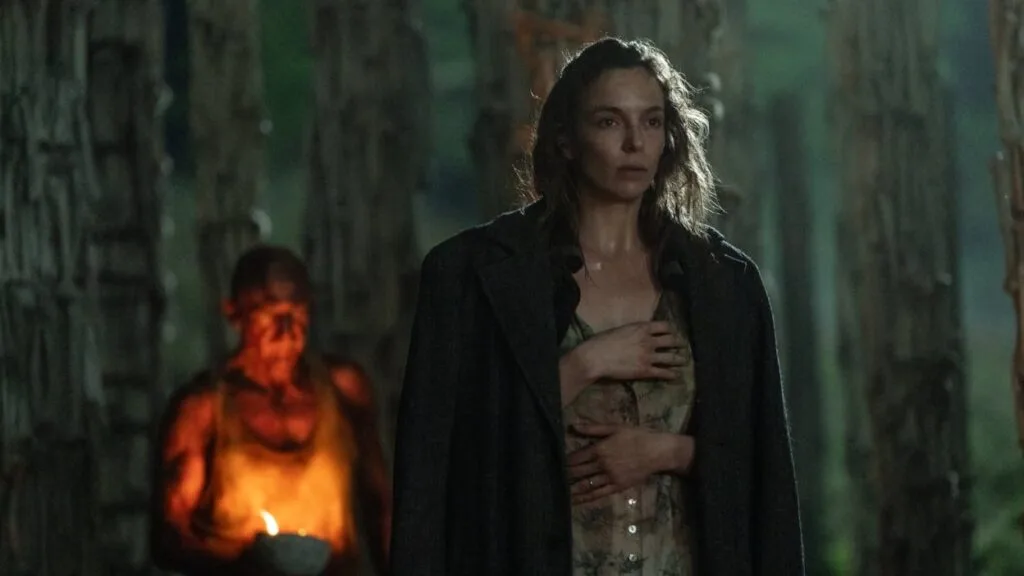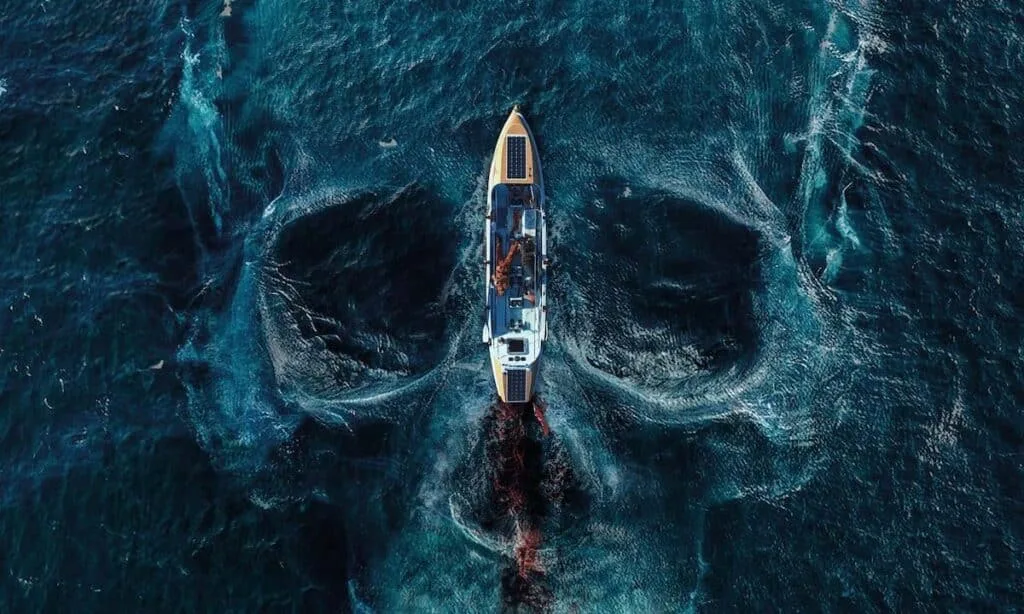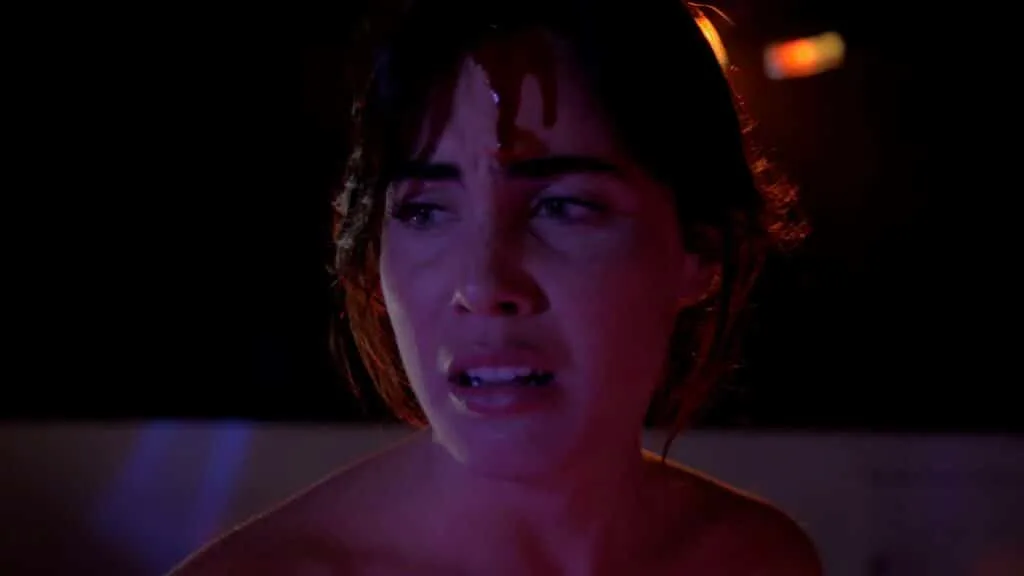
Zombies are a lot harder to come by these days than they used to be. What gives? Despite big hitters like Army of the Dead a few years ago, we just see fewer zombies than we used to. Once upon a time, indie filmmakers went for the zombie genre almost by default. Sometimes, I yearn for the good old days, when low budget directors enrolled all their friends as extras, ensuring they dressed in white to show off all the fake blood to its best. Perhaps things are changing, though. For one, Tina Romero – yes, daughter of George A. – has just entered the fray with a zombie film of her own, and at some point, we might be clear of the Covid projects which, due to other restrictions, attempted to conjure philosophical quandaries, not brain-eaters.
ZombieCON Vol. 1 is, funnily enough, a little bit of both of these. It is a zombie film, but the origins of its zombie outbreak are unusual, and this element is quite probably the film’s best idea. (A little confusingly, by the way, the title appears on IMDb twice, but unless director Kyle Valle has painstakingly remade his film frame by frame, Michael Haneke style, I think we can assume they’re one and the same.)
Here’s the general idea: via a brief voiceover from one of the film’s lead characters, Rocky (Manny Luke), he explains something very important to him and his friends: cosplay. His team – called Rockets Rockets – like nothing better than planning costumes, dressing up and attending conventions, and there’s no bigger or better con than AnimeCon West, the highlight of their year.
It’s not all plain sailing, though, and there’s plenty of rivalry between the different cosplay teams, particularly over who performs best at various choreographed routines performed on stage. (Is this a thing? I’ve never been.) Outside of the con venue, normies are very clearly presented as intolerant, spiteful dicks who see no value in the pursuits enjoyed by these ‘weirdos’: this possibly plays on the fears, and/or the experiences of kooky kids the world over, and there’s a touch of the teen drama about this early part of the film, as well as clear links to comic culture – which feels a little overextensive, but fits in with the central premise, as well as the title.
So where do the zombies come in? That is an interesting one: in this universe, becoming a mindless, gut-ripping monster is dependent on that person’s behaviour. Not quite the indiscriminate outbreak of lore, the people who ‘turn’ in this universe (after a slightly bizarre initiatory event) are the ones we’ve already established are pretty bloody dreadful anyway: anyone who behaves like an arsehole could become a zombie. That doesn’t necessarily mean, by the way, that all of the cosplayers are inherently more tolerant, positive or trustworthy; some people within fandom have negative traits, too. Hatching a plan to cross LA to rescue Rocky’s mom (have you ever noticed that people’s mothers are usually a lot better off without the help?) Rocket Rocket arm up with the as-yet decorative collectible katanas which of course they have around the place, and off they go.
This is clearly a passion project and this is clear through the way the cast gives it their all, enjoying what they’re doing. It doesn’t laugh at cosplayers but laughs with them, perhaps, as it doesn’t take its initial set-up hugely seriously, having fun with it instead, and the film keeps our eye squarely on Rocky and the gang as our de facto heroes. There are issues with any project so constrained by budget, however: there are a lot of sound issues in the early part of the film, and a good boom mike could have sorted out that echoing. This is small fry, however, compared to the fact that the film lingers a little unnecessarily over its character- and world-building, particularly in the first third or so of the film, leading to an extended runtime overall which doesn’t contribute much to the film overall. Still, once the zombie idea comes into play, there’s a decent amount of SFX effects, even if the team couldn’t go as far with the zombie makeup as they probably wanted. You can see that in how they bookend the zombie ‘section’ of the screenplay, with a big gory effect at the beginning, and then a lot put by for the big finale.
In a nutshell, then: there are noticeable constraints and a few issues with ZombieCON Vol. 1, many of them budgetary, some of them more to do with plot and pace. However, there’s a lot of positivity too, and you can give credit for the ideas and the ambition shown here. Whilst this film isn’t quite the big zombie comeback the world wants and needs, it is a likeable and aspiring indie film and it’s highly likely that its cosplayer subject matter will make it particularly interesting to that element of the demographic, whose fantasy fandoms often ask them to ponder the ‘what ifs?’.
ZombieCON Vol. 1 (2024) is now available on Fandango and Apple TV.















